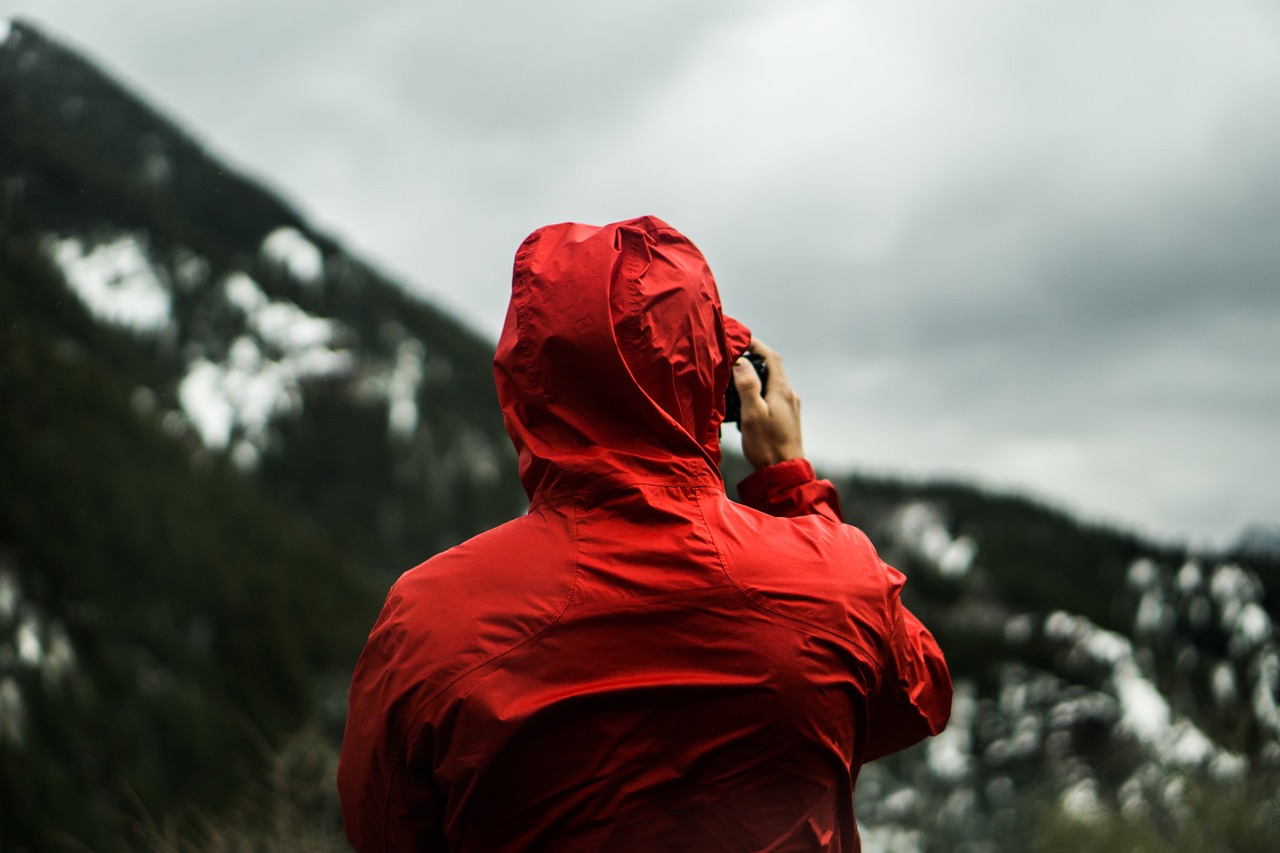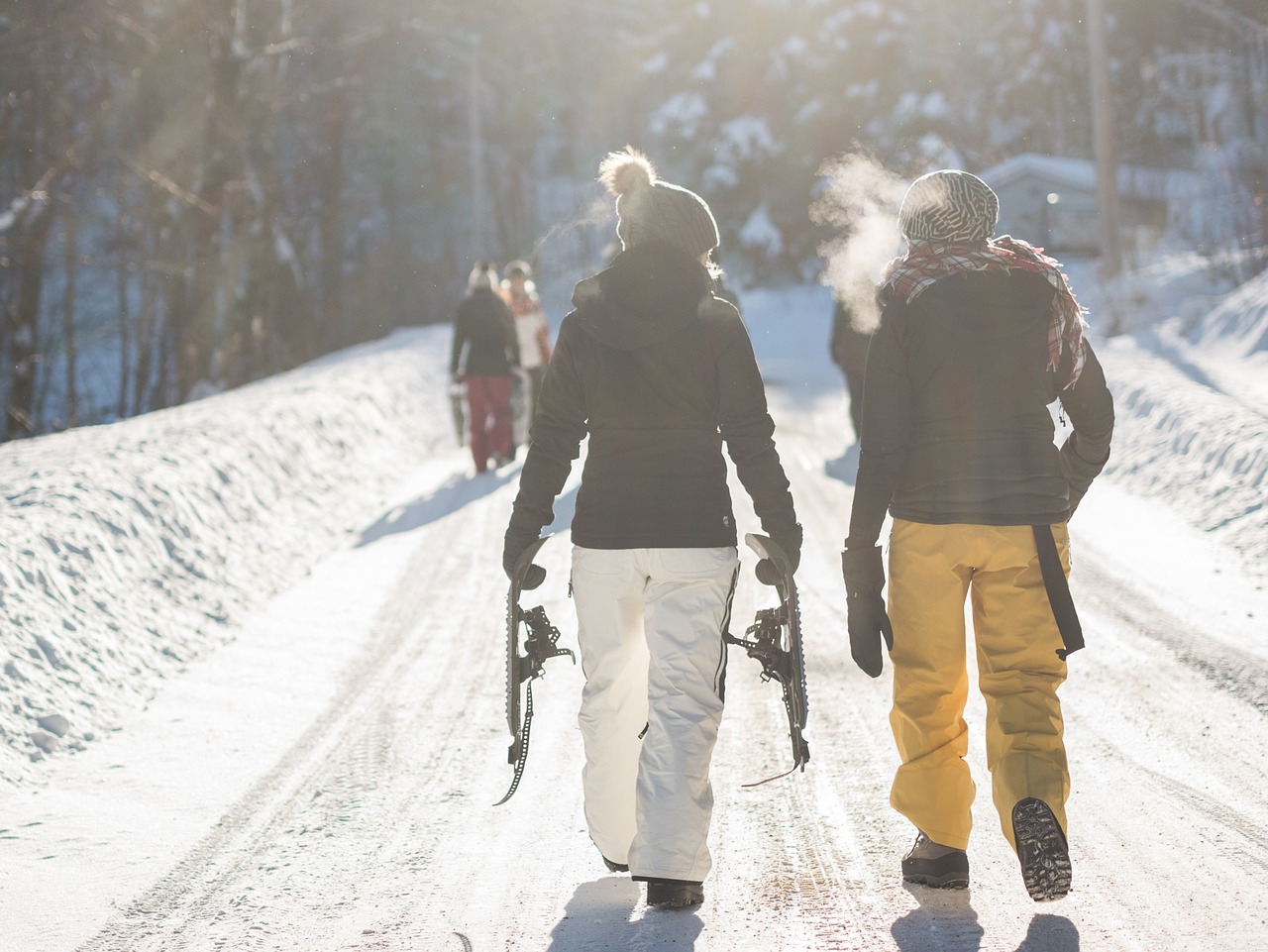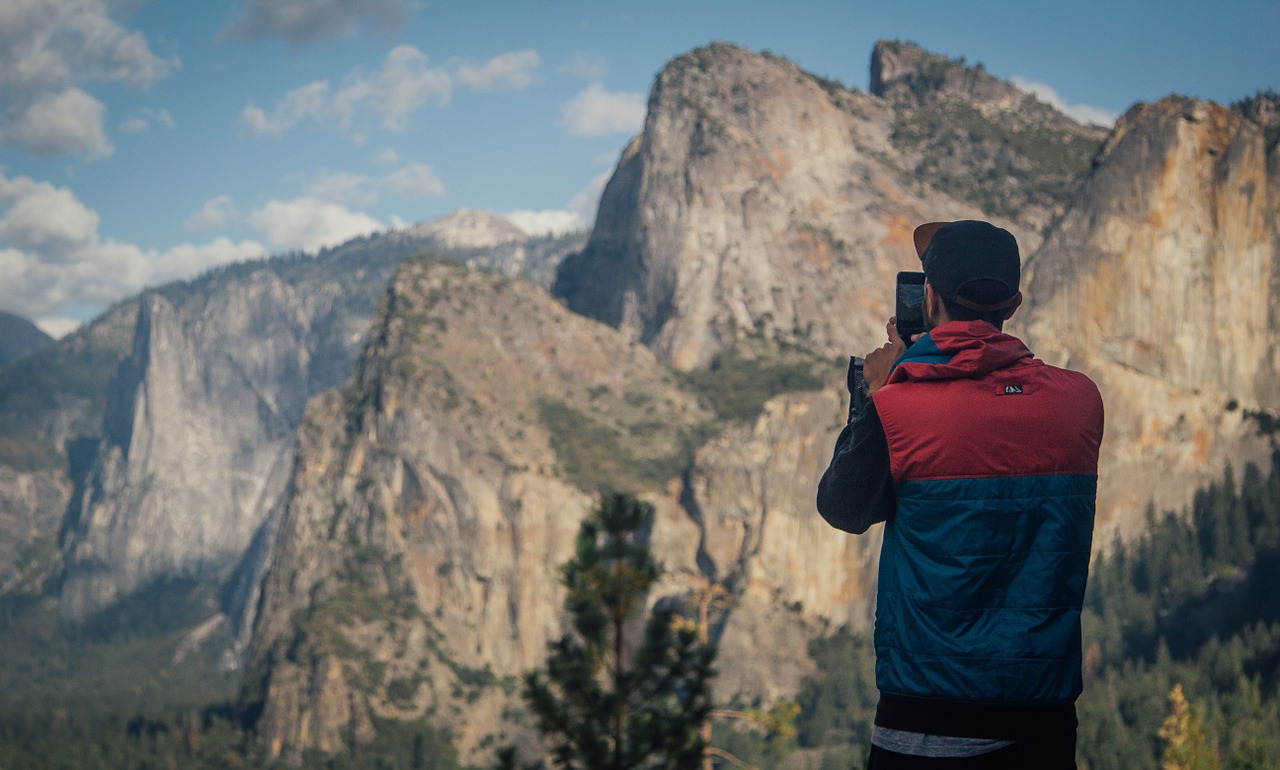Damp And Cold – Fix Your Miserable Outdoor Experience – Get Layering

If you are damp, cold and not enjoying being outdoors this is a must read for you.

All of us here at Outdoor Revival firmly believe that learning how to layer your clothes is one of the most effective ways to stay cozy even in the most extreme conditions. Even though this is a classic and simplistic approached, it’s a quick way to adjust to the sometimes volatile weather as well as your activity levels.
Through the Summer things are generally straight forward, you have to be conscious of layering and use it, but unless you’re in a particularly dangerous environment you should be fairly safe, with a bit of common sense to back you up. But as we get into the winter the weather is much more changeable and can reach extremes that can be dangerous for you even if you think you’re prepared, so don’t ignore this advice.
If you’re a seasoned outdoorsman or woman, you’ll know that every single layer has a purpose but what are they?
The base layer is the first layer of clothes you put on, and the job of this layer is simple. To manage the moisture from your body and get it moved away from your skin. The next layer of clothes serves as protection from the cold; It’s called the insulating layer and as the name suggests, it’s responsible for insulation, keeping you at the right temperature. The third layer is the outer or shell layer; this creates a barrier from the outside environmental conditions such as the wind, rain, and snow.
When you pack your clothes for your outdoor adventure, pack them thinking about the layers you need so that you have the most enjoyable time adventuring no matter what conditions you find yourself in.

Here’s a more extensive explanation of each layer.
The base layer: The manager of moisture.
This layer is the layer of clothes that touch your skin. It helps with the regulation of body temperature through capillary action moving perspiration away from your body. Because this keeps you drier, you’ll be able to keep your body regulated by using insulating layers.
If you’ve ever made your way outside with a cotton shirt under your raincoat, this will serve as the perfect example. Even though no water made it through the raincoat, your shirt built up moisture and makes you feel clammy. This is because cotton is a type of fabric that holds perspiration, it’s fibers soak it up and don’t let go, so you have this wet layer right against your skin messing with how your body cooling system works.
So what kind of fabrics should you use for your base layer?
There are a few different base layers that you can purchase, but in our opinion, you should be looking at Merino Wool, the Synthetics and then Silk. You need to think about what you’re going to be doing and what the conditions are, these three materials (although it’s more because synthetics cover a range of materials) will cover every need if you get them right.
Instead of holding moisture like cotton, these styles of the fabric actually wick your perspiration away from your skin allowing it to pass through to the external surface where it has a chance to evaporate.
The final result? A drier and more comfortable adventure.
You can find base layers that are a snug fit or a more relaxed fit. You’d have a snug fit for winter and sports and a more relaxed fit for summer activities. You can get long or short clothes covering the whole leg or part of the way down, in the winter a good choice is a full-length base layer, often referred to as Long John’s

The Insulation Layer.
This insulation layer is where you get to moderate your extremes of temperature, it’s an easy layer to adjust as it sits over your base layer and you can choose a layer that keeps you warm in the winter or cools you down in the summer.
By combining a nice base layer with some insulation, you’ll find your clothes will transform your comfort while you’re outdoors. There are quite a few options you can try out in the insulation layer.
Natural fibers
There’re two main categories and that’s man made Synthetics and natural materials, both have their pro’s and con’s
These days fleece covers a huge range of fabric types with different weights and properties, what they have in common is that they’re all made from man-made materials, plastics generally.
The Classic Fleece
The Classic Fleece is a masterpiece of engineering; it’s an amazing product that transformed the outdoor world.
Fleeces like Polartec® or Thermal Pro can keep you warm in a variety of outdoor conditions. They are known to be very light weight, hard wearing and provides insulation even when the fabrics become wet.
However, like most fabrics, fleece has a few drawbacks. The important ones are that they’re not very resistant to the wind and they tend to be fairly bulky.
There are three main types of fleeces:
The first type of fleece is known as Lightweight. It’s good for activities like aerobics, and if you’re warming up, it’s also a good choice for when the climate is mild and your active.
The second type of fleece is the Midweight fleece. This is best for colder climates or if you’re not going to be very active.
The last type of fleece is called the Heavyweight or Expedition weight fleece. These fleeces are brilliant for colder climates; they accommodate you being less active.
Polartec has their fleeces ranked by 100,200 and 300, so if you wanted something to protect you in cold conditions where you’re not going to be moving about much, you would pick the Polartec 300 as the fabric, if it was warm and you were active you would pick the Polartec 100.
Wind resistant fleeces
To address the issue of wind penetrating through the fleece and thus compromising the insulative value of the fleece companies developed fleece with a secondary membrane that stopped the wind penetration, the idea is that you get the insulative properties while having more protection, these garments are good if you don’t want a Shell layer on but need more protection than a straight fleece.
Whenever possible I use Natural Fibers, I just like them, but that’s a personal opinion, and I’m more than happy to use synthetics if they’re more appropriate for the activity I’m pursuing.
Natural fibers are a great way to address the insulation layer during your adventures. Wool and goose down are traditionally great ways to insulate your body, and merino wool clothes are soft to touch meaning they’re really easy to wear and they keep you warm and comfortable even when wet.
During really cold conditions, it’s best to use down. Goose down has superior warmth for its weight; it’s got a great pack size and it’s very light to carry. The main drawback is that it has to stay dry to keep you insulated so if you’re going out into wet conditions, it might be best to use merino or some other wool, there’s also development for water resistant down in the pipeline, so this might not be such a worry in the future. It’s worth remembering that down loses some of its insulation if it’s compressed while wearing it.
Your Guardian. The outer shell.
The outer shell is your ultimate protection from bad weather. A great outer shell can protect you from frigid wind and rain and protect you in cold and snowy conditions; in fact, it’s like the tank of the clothing world.
The range of outer shell layers is huge and goes from high, end very expensive clothing right down to cheap thin rain coats. Nearly all outer layers have a water repellant coating to repel water.

The bottom line with this clothing is that nothing is supposed to get through from the outside to the inside, this allows the outer layer to protect you from external conditions which would compromise the effectiveness of the layers you have underneath and ultimately could save you from becoming cold and getting hypothermia.
The outer layer is a pivotal piece of clothing in extreme temperatures because this layer protects your inner layers of clothes from being impacted by the weather. If your inner layers get affected by the external conditions, you’ll quickly become cold and your body will be compromised which could be life threatening.
All your layers should fit well and complement each other.
Shells can be broken down into the following main types.
General wear – These are the water proof fabrics that breath well, creating shells that are the most practical but also an expensive choice. They’re designed for wet and cold conditions. These shells use lamination to offer top performances. Perfect examples of these fabrics are Gore-Tex and eVent. Fabric coatings offer a more economical substitute. These shells can be as simple rain gear which is generally lighter weight and easier to carry about or technical like mountaineering gear which has more bulk and it’s a lot tougher and hard wearing.
General Wear, lighter weight water resistant (Rather than waterproof) and breathable gear that allows you to enjoy high levels of activity while generating a light amount of precipitation. These are a lot cheaper than waterproof shells but are great against the wind and light rain
Waterproof and non-breathable: If you’re not doing much of anything and not producing any perspiration you could get away with one of these shells, one thing they do very well is keep out rain and wind, so as long as you don’t compromise the layer from the inside they’re bomb proof and excellent for some activities that don’t require much movement, such as fishing, bird watching being a spectator and the like.
For ultimate warmth and coziness in cold conditions you want to look for Insulated shells – Insulated shells are protective layers that have insulation built into them and they are great for extremely cold conditions, but not so great when it gets warmer as you’re going to over heat and you’ll need to remove that layer which then exposes the Mid layer and the weather and conditions have to be right for that to be acting as your top layer.

Insulated shells are brilliant if you have to hunker down and wait out storms or it’s really cold.
Finally the comfort of Soft shells: Soft shells are all about breathability and comfort while in active use, they typically have stretchy fabric to allow you maximum movement even in the most demanding activities. Soft shells typically offer a blend of insulation and protection properties which can allow you to eliminate the middle shell during the right conditions.

Soft shells can be used in cold and even mild conditions making them very versatile and effective in average climates. My first choice for many activities and times of the year is usually a soft shell and I go from there, sometimes it’s just not the right choice, but when I can it’s my soft shell that gets packed.
As with all technical things it’s best to talk to someone that knows what they’re talking about, we’ve many good stores that have staff actively participating in outdoor activities, it’s always good to ask them for advice if you’re unsure, in my experience they can be really helpful. Another word of advice is that you get what you pay for, don’t skimp on items that could make the difference between being alive and being dead, or even enjoying your outdoor experience or not, it’s just not worth it, stretch yourself to buy the best you can, it also works out cheaper in the long run.
Outdoor revival – Reconnecting you to the Outdoors
